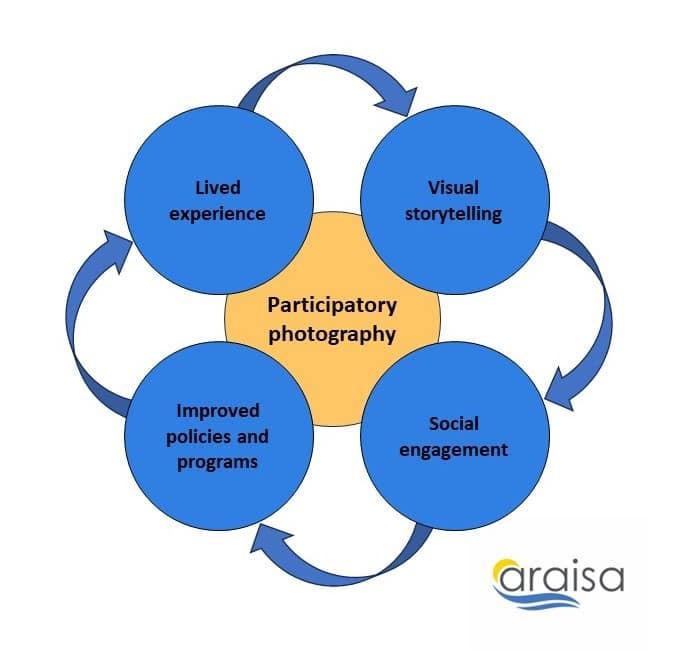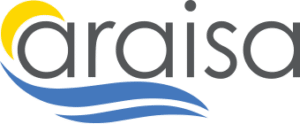Enhancing Newcomer Voices through Participatory Photography
October 22, 2024

Research can speak on behalf of newcomers while also helping newcomers to speak for themselves. Enhancing newcomer voices is crucial to ensuring their needs, interests, and perspectives are clearly communicated to service providers and policy-makers. In turn, this can lead to more effective programs and informed decision-making for newcomer populations. Furthermore, creating spaces that amplify voices can provide newcomers with a greater sense of agency in their lives, communities, and Canadian society.
[…] photography can give newcomers a sense of agency and empowerment while also validating their experiences.
Photography can be an effective way to enhance voices while also helping newcomers engage with their new homes. First, photography is highly democratic. In a world where most people have a cellphone within arm’s reach, nearly everyone has access to a high-quality, portable camera. Creating and sharing digital images can be done at very little expense. Furthermore, photography can enrich the way people interact with their environments. By regularly documenting personal experiences and encounters, people become more aware of and immersed in their surroundings. Daily routine becomes a meaningful and creative act. Finally, photography enables people to communicate their unique views of the world. A photograph does not just record reality but also presents life from the photographer’s unique perspective. As such, photography can give newcomers a sense of agency and empowerment while also validating their experiences.
This method is especially useful for newcomers because it provides a way to navigate – and thereby make meaningful – their new lives in Canada.
When done with the right intention and guidance, photography is simultaneously a creative process, teaching practice, and research method. Participatory photography involves storytelling through visual expression – using images to create narratives rooted in lived experience. Participants identify issues with relevance to their lives, document these issues, and discuss the stories with their peers. This method is especially useful for newcomers because it provides a way to navigate – and thereby make meaningful – their new lives in Canada. Through the Child and Youth Refugee Research Coalition, for example, refugee youth in Nova Scotia used participatory photography to explore their experiences of resettlement and to engage in social action.
Photovoice offers another tool to strengthen newcomer voices. According to the Flash Forward PhotoVoice Project, this practice relies on “photography, discussion, and critical reflection to access and represent the needs, experiences, and knowledge of groups whose voices may be marginalized. The knowledge emerging from participant reflection is both given a platform from which to be voiced and amplified in creative ways that are heard.” Photovoice positions individuals – especially people from marginalized or vulnerable populations – as experts on their own experience. By providing a venue to explore and discuss these experiences, photovoice enables participants to speak authoritatively on issues their impact their lives.
Participatory photography is an excellent way to bridge settlement and integration services, education, and research.
Participatory photography is an excellent way to bridge settlement and integration services, education, and research. Not only does it help newcomers speak with authority, but it can do this without requiring strong command of English or French. As such, it provides researchers – as well as service providers and policy-makers – with direct insight to newcomer experiences and needs. And best of all, it accomplishes this in a way that is fun and meaningful for participants. For more information, check out some studies that explore how participatory photography can support education for immigrant women, enhance employment programs, and decolonize intercultural learning for international students.


About the Author
Jason Chalmers
Jason Chalmers holds a PhD in Sociology from the University of Alberta and was a Postdoctoral Fellow in the School of Community and Public Affairs at Concordia University. As an interdisciplinary researcher, Jason draws on diverse methodologies and is particularly inspired by creative and community-based practice. Jason’s research interests include Canada’s immigration history, Indigenous-settler relations, and social inequality.
You can reach Jason at jchalmers@araisa.ca
